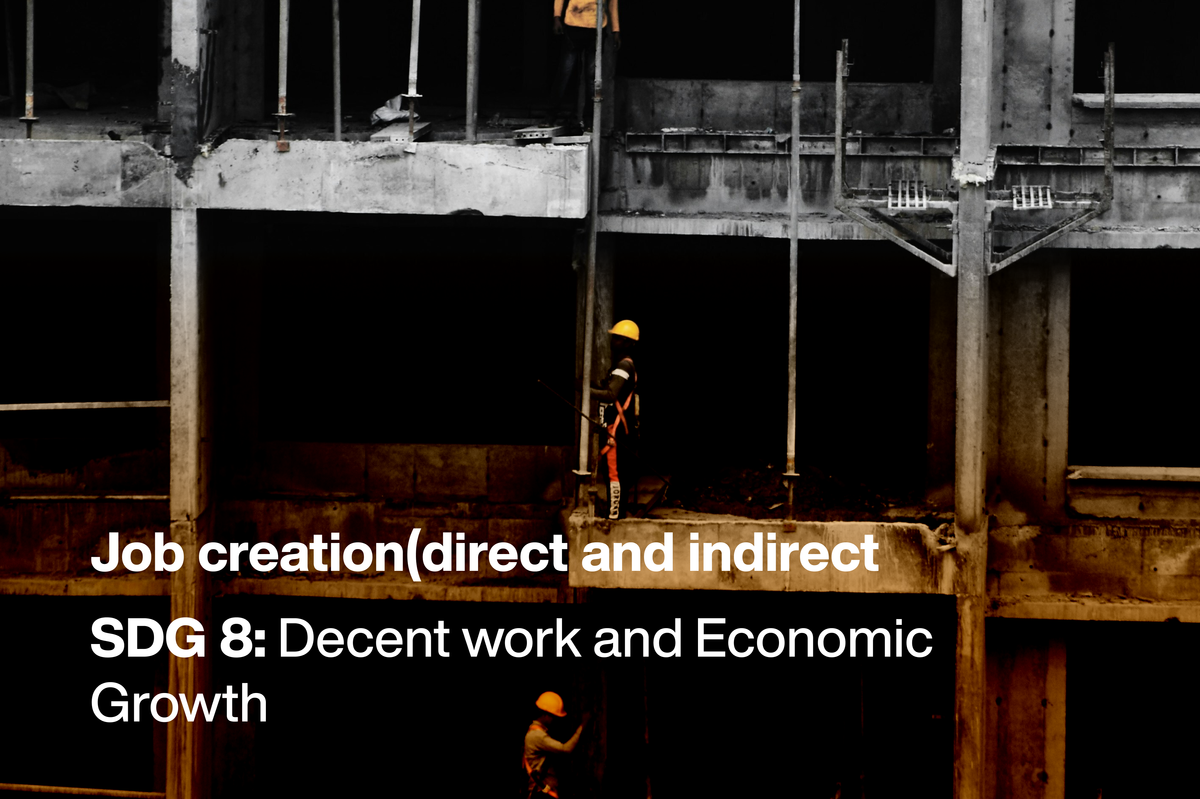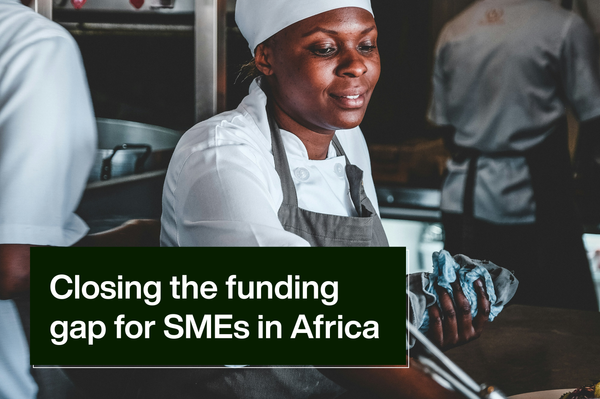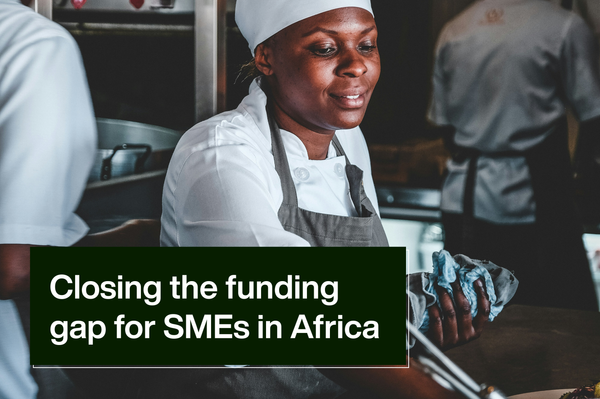We'll explain: Embedded lending will drive economic development in Africa
Embedded lending makes financial access more inclusive by meeting SMEs on the platforms they already trust.

Can embedded lending drive economic development in Africa? We believe so
Imagine a fashion entrepreneur selling bespoke clothing items through an online marketplace like Konga or Jumia. With embedded lending, that marketplace can offer her access to working capital within the platform — no need to visit a bank, loan shark, or download a loan app. With this option, the fashion entrepreneur can access credit quicker and experience few barriers to growth.
Across Africa, small and medium-sized enterprises (SMEs) are the beating heart of the economy. They make up more than 90% of businesses on the continent and contribute significantly to job creation and GDP. Yet, access to credit remains one of their biggest obstacles.
Traditional lending systems are often inaccessible to many African businesses. High collateral requirements, lengthy application processes, and a lack of formal credit histories keep countless entrepreneurs locked out of the formal financial system. This is where embedded lending comes in — and why it could be one of the most powerful tools to unlock economic growth across Africa.
Why does embedded lending matter for African entrepreneurs and digital-enabled SMEs?
Salad Africa approach's to economic development via embedded lending
Our Embed solution is designed to power this kind of transformation. By embedding lending infrastructure into the platforms that African SMEs use every day, we’re helping unlock the full potential of entrepreneurs across sectors — from construction to retail, food marketplaces, and agro-focused platforms.
We believe that when you fund SMEs, you fund economies. Embedded lending isn’t just a fintech trend. It’s a strategy for real, tangible economic development across Africa — one transaction at a time.





